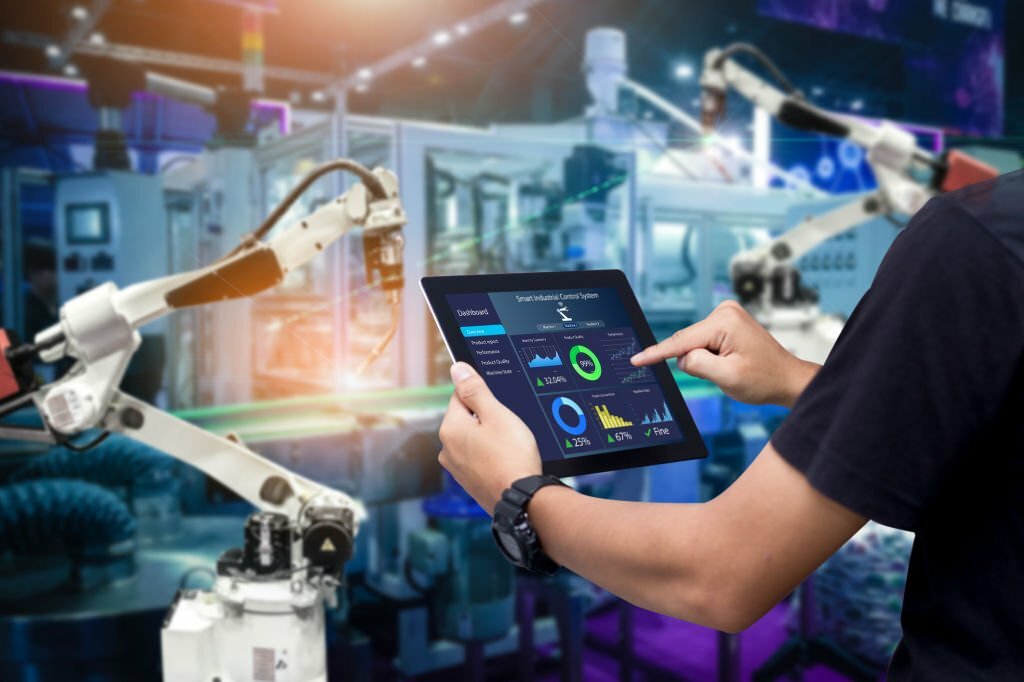Table of Contents
Unlock the secrets of Intelligent Electronic Devices (IEDs) with this all-encompassing guide. Gain profound insights into IEDs and their diverse applications.
Commencement
In this extensive guide, we embark on a deep dive into the realm of Intelligent Electronic Devices (IEDs). While the term “IEDs” may not be entirely foreign, we’ll unveil the intricate details of what these devices are and how they operate. This article will meticulously dissect complex concepts and present them in an easily digestible format. Let’s commence our comprehensive journey through the world of IEDs.

Deciphering Intelligent Electronic Devices
Intelligent Electronic Devices, more commonly known as IEDs, constitute a pivotal component across various industries, with a notable presence in the realm of electrical engineering. These devices are meticulously engineered to execute precise functions encompassing monitoring, control, protection, and communication within intricate electrical systems.
Related Post to read about Tennis Elbow Medical Devices
Unraveling the Essence of IEDs
Intelligent Electronic Devices, distinguished by their specialized nature, serve as integral components within power systems. Their defining characteristic lies in their capability to amass data, process intricate information, and enact control measures in real time. These devices have revolutionized the landscape of electrical system management, ultimately ensuring enhanced reliability and efficiency.

The Anatomy of an IED
To fully apprehend IEDs, it is imperative to acquaint oneself with their fundamental constituents, which include:
- Sensors: Responsible for data acquisition from the electrical system.
- Processor: The core unit responsible for processing incoming data.
- Communications Interface: Enabling seamless interaction with other devices.
- Control Unit: Executing actions based on the processed data.
IEDs in Action
Now that we have laid a foundational understanding of IEDs, it is pertinent to delve into their diverse applications across an array of industries.
Empowering Power Distribution
In the domain of power distribution, IEDs assume a pivotal role by diligently monitoring parameters such as voltage, current, and various critical aspects. They play an instrumental role in identifying faults and ensuring efficient power distribution.
Green Energy Management
Within the renewable energy sector, IEDs prove indispensable in the orchestration of solar and wind power systems. They are instrumental in optimizing the utilization of these sustainable energy sources.

Driving Industrial Automation
Industries rely heavily on IEDs for overseeing and regulating manufacturing processes. This not only enhances production efficiency but also reduces downtime.
Navigating Transportation Systems
In transportation systems, IEDs are the linchpin for managing traffic lights, railways, and other vital infrastructure components.
The Ingenious Core of IEDs
To truly comprehend IEDs, it is essential to unravel what confers upon them their intelligence.
Real-time Surveillance
IEDs are perpetually engaged in monitoring electrical systems in real time. This perpetual vigilance provides crucial data for decision-making and system control.
Data Interpretation
These devices are adept at processing copious volumes of data, enabling them to discern anomalies and effect necessary adjustments.

Seamless Communication
IEDs are not solitary entities; they engage in communication with one another, forming a network that augments overall system performance.
Final Remarks
In conclusion, Intelligent Electronic Devices (IEDs) stand as the bedrock of modern technology. Their prowess in real-time monitoring, data analysis, and seamless communication has sparked a revolution across multiple industries, amplifying operational efficiency and reliability. This comprehensive guide has furnished you with a sturdy foundation for comprehending IEDs and their multifaceted applications.
If you’ve found this guide illuminating, please do not hesitate to show your appreciation by hitting the like button. Additionally, explore our resources for guaranteed AI-detector test bypass and plagiarism removal:
Addressing Common Queries
Q: What is the primary function of an IED?
A: The core function of an IED is to actively monitor and control electrical systems in real time.
Q: Are IEDs exclusive to the electrical industry?
A: No, IEDs find their application across a spectrum of industries, including renewable energy, transportation, and industrial automation.
Q: How do IEDs bolster electrical system reliability?
A: IEDs serve as vigilant guardians, continuously monitoring systems and intervening to mitigate potential electrical failures.
Q: Do IEDs necessitate human intervention?
A: In many instances, IEDs operate autonomously, but they can also be configured to alert operators or demand manual intervention when the need arises.
Q: Are IEDs susceptible to cyber threats?
A: Cybersecurity remains a paramount concern, and IEDs are equipped with robust security features to fend off potential cyberattacks.

